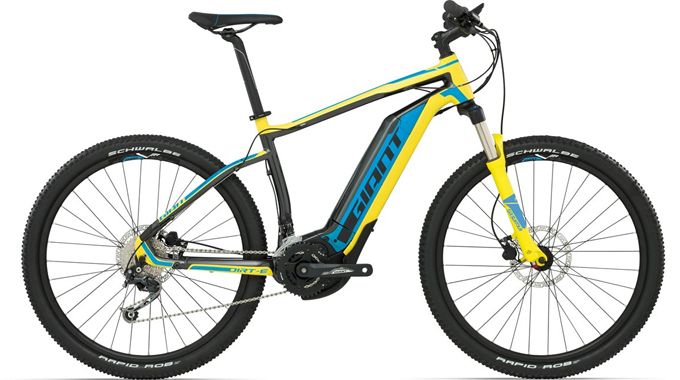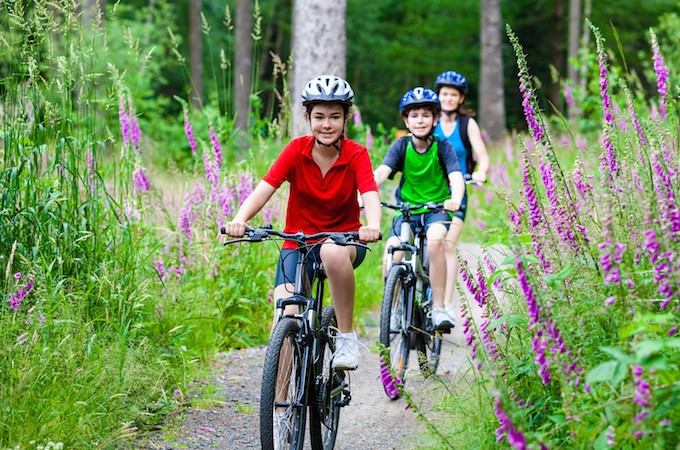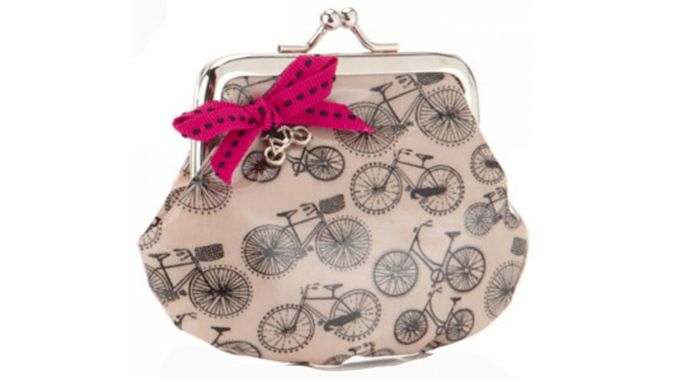Argument for e-MTB’s
Whilst the debate for their purpose wages on, it’s important to consider both sides of the argument for riding a power-assisted MTB. First, we’ll look at the arguments for:
PEDALLING: Contrary to what a lot of people think, an e-bike is not a motorbike where you hop on and go. You still need to pedal, but with less effort. Pedalling is still exercise at the end of the day, so an e-bike shouldn’t be snubbed at for being “lazy”.

CLIMBING: With the motor assisting your pedal action, e-bikes are great for uphill climbing. You can take on climbs you may not be able to do on a regular bike.
EFFICIENCY: It’s no wonder that an e-bike will get you up those climbs faster, and you can travel longer distances, but this helps a lot with training and time efficiency. For racers and riders who want to practise downhill sections, an e-bike will carry you up the ascents quicker so you can get more laps in a day.
FATIGUE: Having that helping hand on the bike can extend your riding time which will allow you to explore more trails, pedal longer and be outdoors more. Rather than a sluggish 2 hr undulating trail, you can power through a lot more without suffering the same level of exhaustion.

ACCESS TO MTB: Brands have seen particular groups of riders favouring the e-MTB option, mostly beginners who have a low fitness ability, older riders and those recovering from injury. One main purpose of the e-bike was to encourage more people to get on the trails and get into nature, rather than road or commute cycling. Having a little assistance on your side can be a great confidence boost, and just the right level of hand-holding until you get more comfortable.
TERRAIN: More pedal power will help ride over difficult terrain with more ease, such as grass, rocks, and uneven trail sections.
SOCIAL RIDES: If you enjoy riding in groups for the social aspect, but unable to maintain the pace, an e-MTB allows you to keep up with the pack. There’s nothing worse than going for a social ride and finding it rather unsocial at the back on your own.








